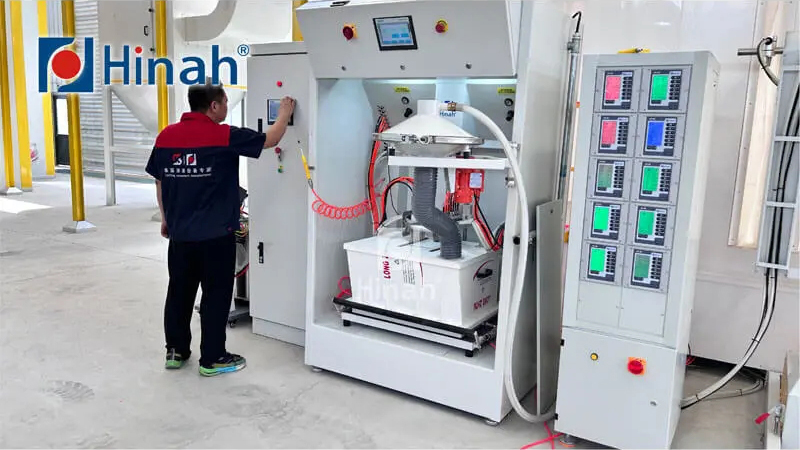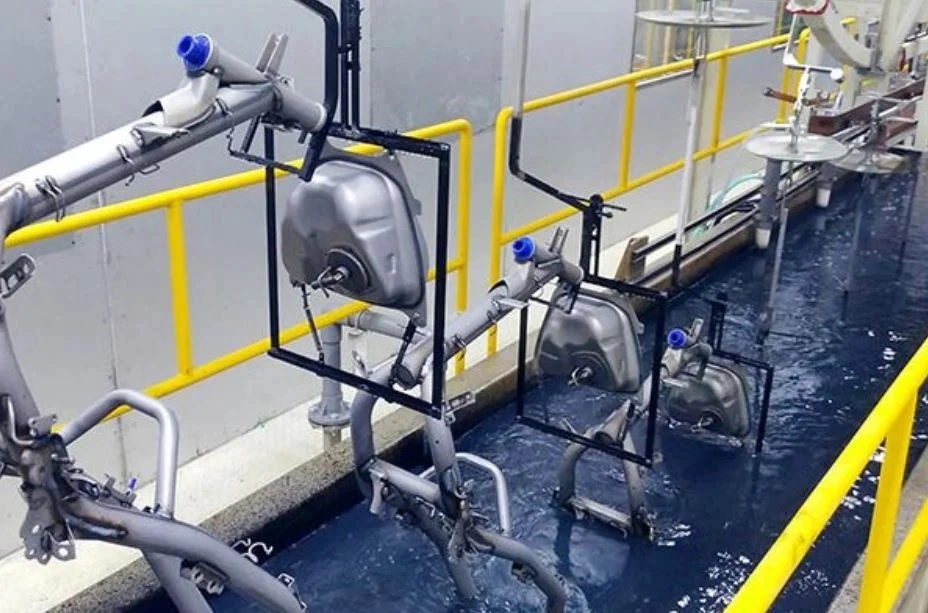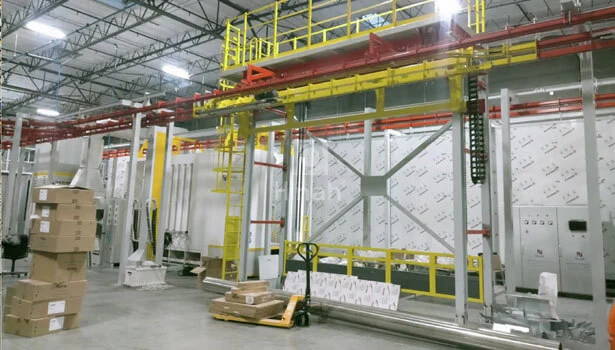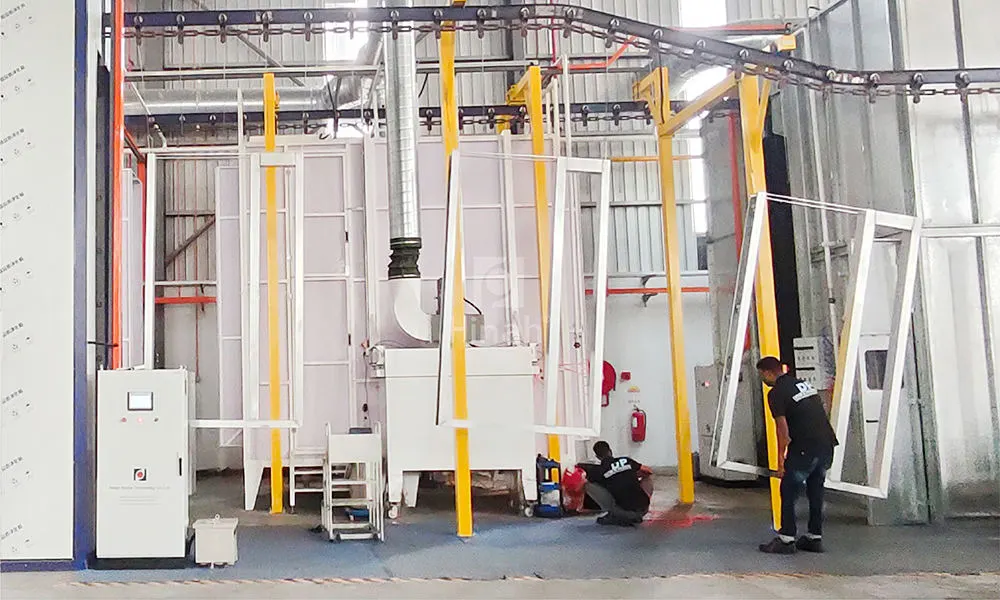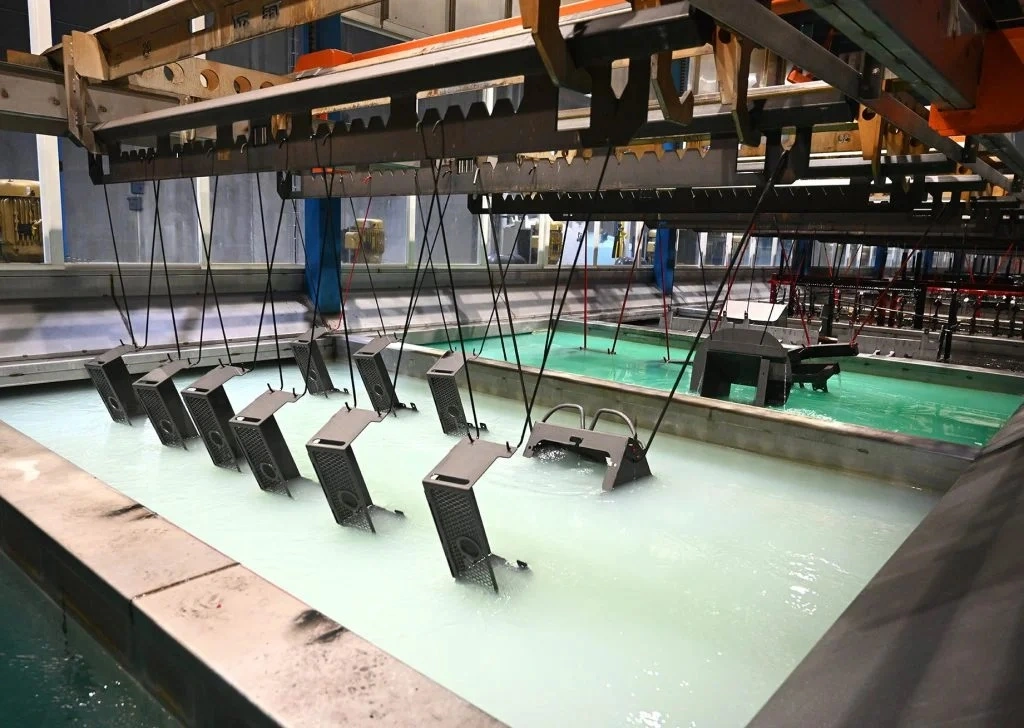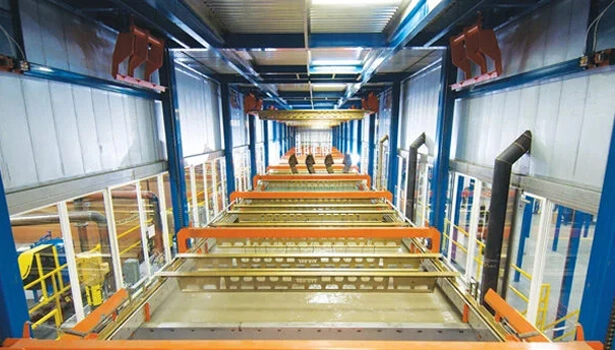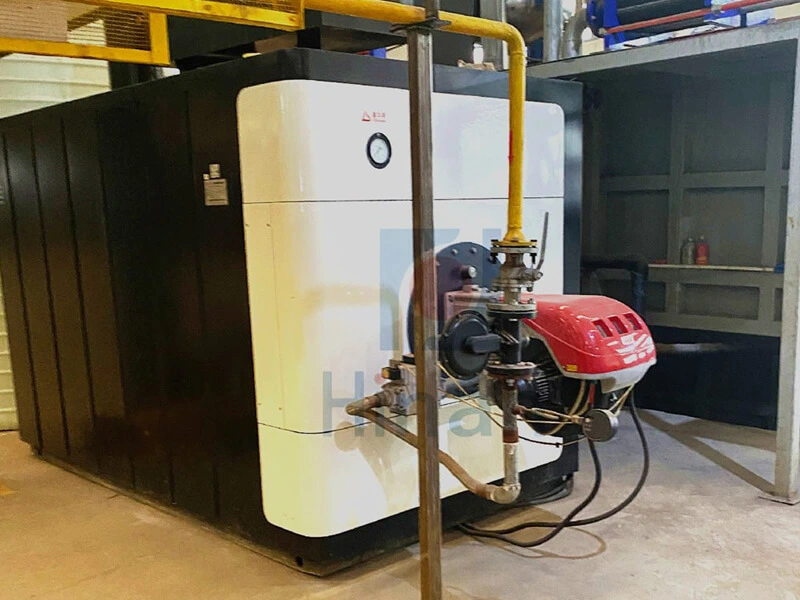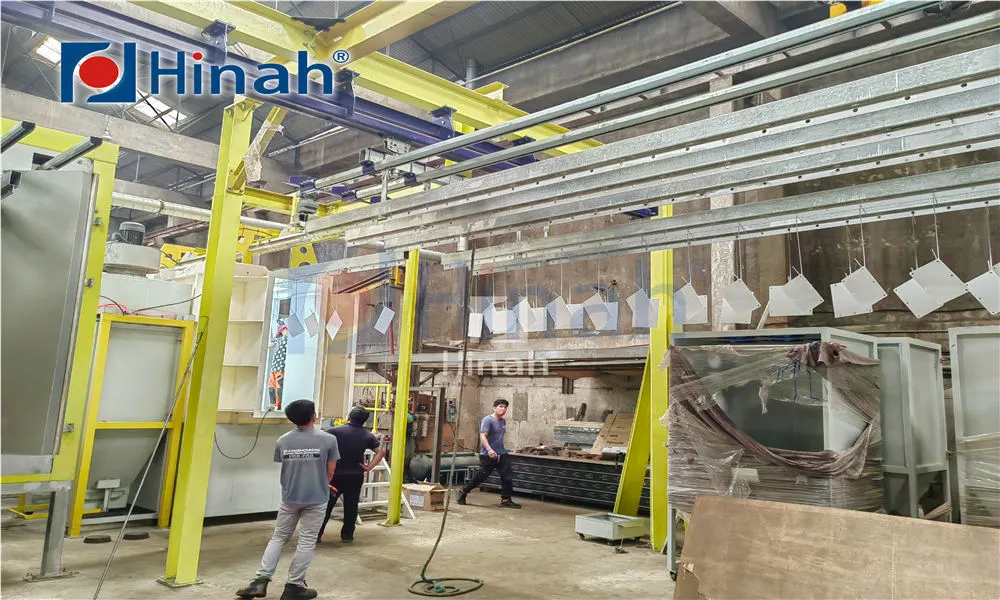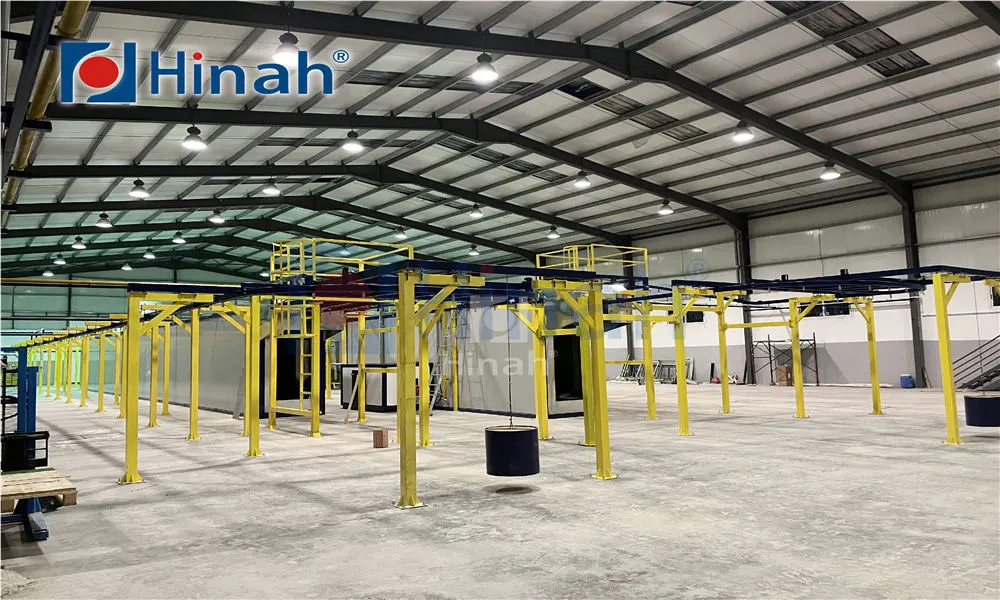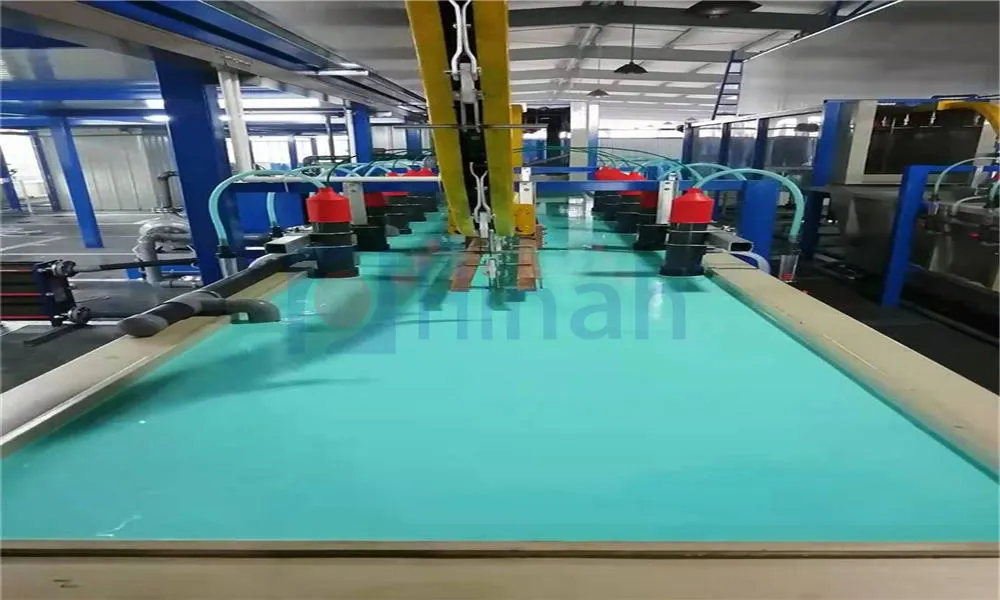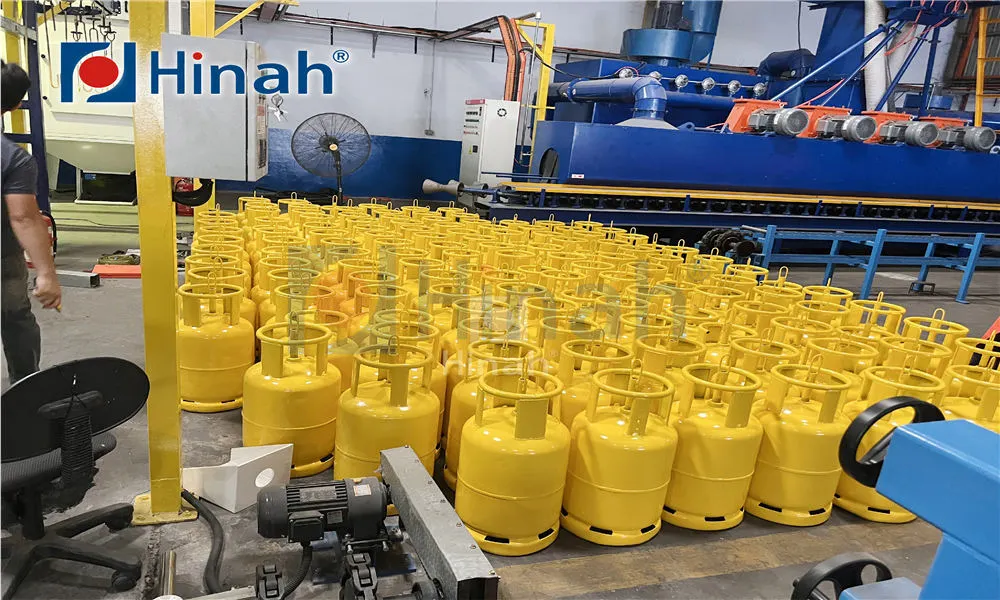When it comes to industrial finishing processes, a powder coating booth plays a crucial role in achieving high-quality, durable coatings on various surfaces. Whether you're in manufacturing, automotive, or furniture production, understanding the intricacies of a powder coating booth can enhance efficiency, safety, and output quality. In this article, we'll dive into five essential aspects of a powder coating booth, covering its definition, types, components, operational process, and benefits. By the end, you'll have a solid grasp of why this equipment is indispensable in modern coating applications. Let's explore how a powder coating booth functions and what makes it a preferred choice for many industries.
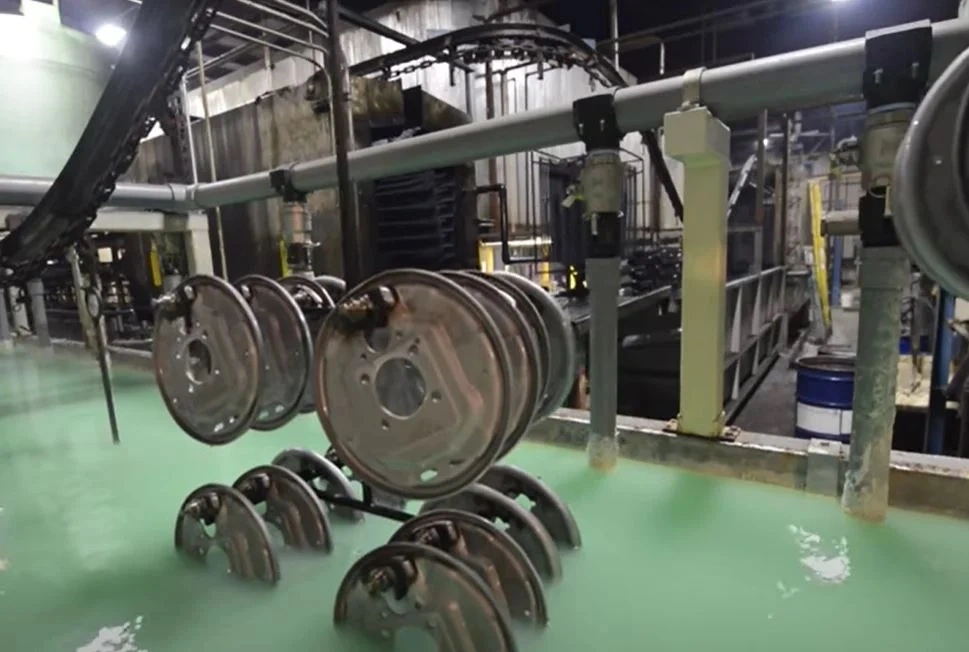
What is a Powder Coating Booth?
A powder coating booth is an enclosed workspace designed specifically for applying powder coatings to objects, typically metals, without the use of liquid solvents. This type of booth provides a controlled environment that minimizes contamination, ensures even application, and enhances safety by containing overspray and particulates. The primary purpose of a powder coating booth is to facilitate the electrostatic application of dry powder, which is then cured under heat to form a hard, protective layer. Unlike traditional painting methods, a powder coating booth reduces waste and environmental impact, making it a popular choice for industries seeking sustainable solutions. By using a powder coating booth, operators can achieve consistent results, whether for small parts or large assemblies, while complying with health and safety regulations. In essence, a powder coating booth is the heart of the powder coating process, integrating various systems to optimize performance.
Types of Powder Coating Booths
Powder coating booths come in several varieties, each tailored to specific applications and operational needs. Understanding the different types helps in selecting the right powder coating booth for your facility. First, there are dry filter booths, which use disposable or reusable filters to capture overspray particles. These are ideal for low to medium production volumes and are cost-effective. Second, cartridge filter booths feature advanced filtration systems that handle higher volumes of powder, making them suitable for continuous operations. Third, cyclone recovery booths incorporate a cyclonic separation process to reclaim and reuse overspray powder, reducing material costs and waste. Fourth, open-face booths are simpler designs used for manual spraying in smaller setups, offering flexibility but requiring careful ventilation. Lastly, modular powder coating booths can be customized to fit space constraints and production demands, allowing for scalability. Each type of powder coating booth has its advantages, so it's important to assess factors like production scale, powder type, and budget when choosing. By investing in the appropriate powder coating booth, businesses can maximize efficiency and coating quality.
Key Components of a Powder Coating Booth
A powder coating booth consists of several critical components that work together to ensure effective coating application. First, the enclosure or cabin provides the physical structure, often made from durable materials like steel or aluminum, and includes access doors and windows for operator convenience. Second, the ventilation system is vital for maintaining air quality and removing airborne particles; it typically includes exhaust fans, ductwork, and air supply units to create a controlled airflow. Third, filtration units, such as filters or cyclones, capture overspray powder, preventing it from escaping into the environment and allowing for recovery in some systems. Fourth, the application equipment, like electrostatic spray guns and powder pumps, enables precise powder distribution. Fifth, lighting systems ensure proper visibility inside the powder coating booth, while safety features such as fire suppression and grounding mechanisms protect operators. Additionally, many modern powder coating booths include control panels for monitoring parameters like airflow and temperature. Understanding these components helps in maintaining and optimizing a powder coating booth for long-term use.
How a Powder Coating Booth Works
The operation of a powder coating booth involves a series of steps that transform raw powder into a finished coating. Initially, the object to be coated is cleaned and pre-treated to remove contaminants, ensuring adhesion. Once prepared, it is placed inside the powder coating booth. The application phase begins with an electrostatic spray gun, which charges the powder particles and directs them toward the grounded object. This electrostatic attraction ensures even coverage, including on complex shapes. Inside the powder coating booth, the ventilation system manages airflow to contain overspray, while filters capture excess powder for potential reuse. After application, the object is transferred to a curing oven, where heat causes the powder to melt and form a continuous film. Throughout this process, the powder coating booth maintains a clean environment, free from dust and moisture, which could defects. By following this workflow, a powder coating booth delivers consistent, high-quality finishes that are resistant to chipping, corrosion, and fading. Regular monitoring and adjustment within the powder coating booth are key to achieving optimal results.
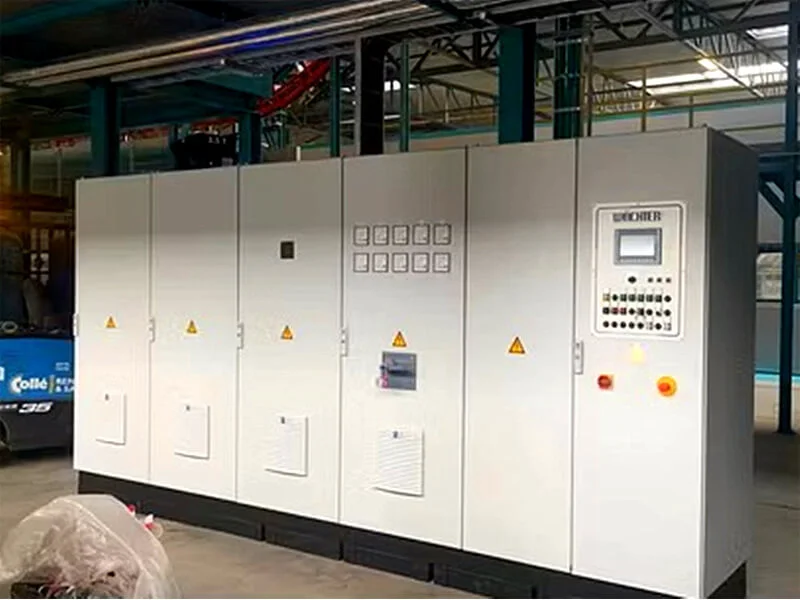
Benefits of Using a Powder Coating Booth
Utilizing a powder coating booth offers numerous advantages that make it a superior choice over liquid coating methods. First, it enhances environmental sustainability by minimizing volatile organic compound (VOC) emissions, as powder coatings are solvent-free. Second, a powder coating booth improves efficiency through faster application times and reduced waste, thanks to overspray recovery systems. Third, it provides a durable, high-quality finish that is uniform and resistant to wear, extending the lifespan of coated products. Fourth, operational costs are lower in the long run, as powder materials are often more economical and reusable. Fifth, safety is heightened in a powder coating booth due to enclosed designs that reduce exposure to hazardous substances. Moreover, a powder coating booth supports versatility, handling a wide range of materials and colors without compromising performance. These benefits explain why industries worldwide rely on a powder coating booth for their finishing needs, contributing to both productivity and eco-friendliness.
Common Applications of Powder Coating Booths
Powder coating booths are employed across various industries due to their versatility and effectiveness. In the automotive sector, a powder coating booth is used for coating parts like wheels, frames, and accessories, providing rust protection and aesthetic appeal. In architecture, it applies finishes to aluminum windows, doors, and fencing, ensuring longevity in outdoor conditions. The furniture industry relies on a powder coating booth for metal chairs, tables, and fixtures, offering a wide array of colors and textures. Additionally, appliances such as refrigerators and washing machines are coated in a powder coating booth to achieve scratch-resistant surfaces. Even in electronics, a powder coating booth protects enclosures and components from environmental factors. This broad applicability underscores the importance of a powder coating booth in delivering reliable, attractive finishes that meet industry standards.
Maintenance and Safety Tips for Powder Coating Booths
Proper maintenance of a powder coating booth is essential for optimal performance and longevity. Regularly inspect and clean filters to prevent clogging and maintain airflow efficiency. Check the ventilation system for blockages and ensure exhaust fans are functioning correctly. It's also important to clean the booth interior after each use to avoid powder buildup, which can lead to contamination or fire hazards. For safety, always use personal protective equipment (PPE) like masks and gloves when operating a powder coating booth. Implement grounding procedures to prevent electrostatic discharges, and have fire extinguishers readily available. Training operators on emergency protocols and routine checks can minimize risks. By adhering to these practices, a powder coating booth will operate smoothly, reducing downtime and ensuring a safe working environment.
In summary, a powder coating booth is a fundamental asset in modern industrial coating processes, offering control, efficiency, and quality. From its various types and components to its operational workflow and benefits, understanding these aspects can help businesses make informed decisions. Whether you're new to powder coating or looking to upgrade your setup, a well-maintained powder coating booth can significantly enhance your production outcomes.
Frequently Asked Questions About Powder Coating Booths
Q1: What is the main purpose of a powder coating booth?
A1: The main purpose of a powder coating booth is to provide a controlled, enclosed environment for applying powder coatings to objects. It contains overspray, ensures even application through electrostatic processes, and maintains safety by filtering particulates, resulting in durable, high-quality finishes.
Q2: How do I choose the right type of powder coating booth for my business?
A2: To choose the right powder coating booth, consider factors like your production volume, the size of objects being coated, budget, and specific coating requirements. For example, dry filter booths suit smaller operations, while cyclone recovery booths are better for high-volume settings with powder reuse needs.
Q3: What safety measures are critical when using a powder coating booth?
A3: Critical safety measures for a powder coating booth include wearing appropriate PPE, ensuring proper ventilation to avoid fume accumulation, implementing electrostatic grounding to prevent sparks, regularly inspecting for fire hazards, and training staff on emergency procedures.
Q4: Can a powder coating booth be used for all materials?
A4: A powder coating booth is primarily designed for metallic materials, such as steel and aluminum, due to the electrostatic application process. However, with proper pre-treatment, some plastics and composites can also be coated, but it's essential to verify compatibility with your specific powder coating booth and materials.
Q5: How often should maintenance be performed on a powder coating booth?
A5: Maintenance for a powder coating booth should be performed regularly, ideally after each shift or based on usage intensity. Daily tasks include cleaning filters and surfaces, while weekly or monthly checks might involve inspecting ventilation systems and electrical components to ensure optimal performance and safety.


